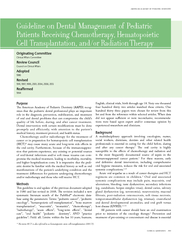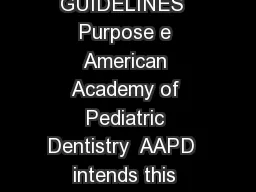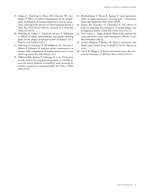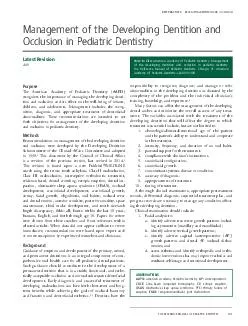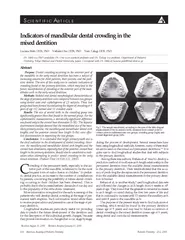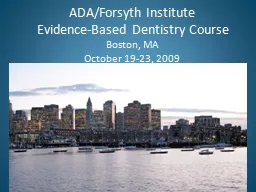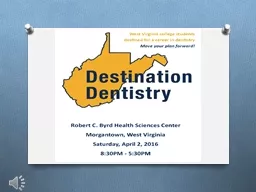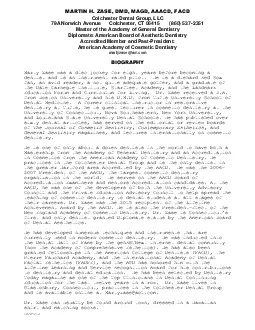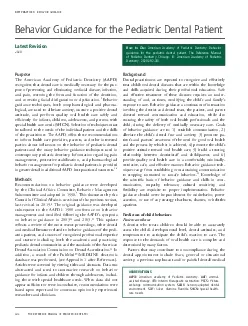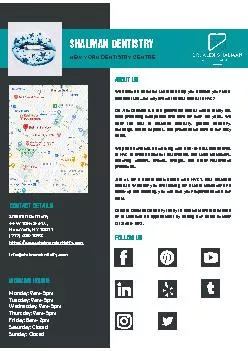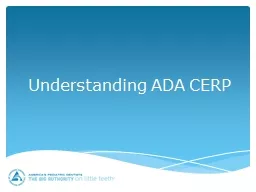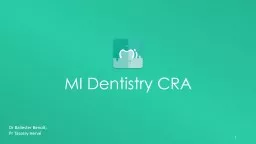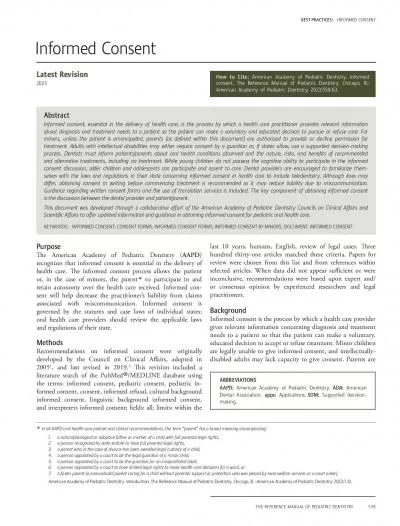PDF-AMERICAN ACADEMY OF PEDIATRIC DENTISTRY CLINICAL GUIDE
Author : conchita-marotz | Published Date : 2015-04-19
Dental intervention with certain modi64257cations must be done promptly and efficiently with attention to the patients medical history treatment protocol and health
Presentation Embed Code
Download Presentation
Download Presentation The PPT/PDF document "AMERICAN ACADEMY OF PEDIATRIC DENTISTRY ..." is the property of its rightful owner. Permission is granted to download and print the materials on this website for personal, non-commercial use only, and to display it on your personal computer provided you do not modify the materials and that you retain all copyright notices contained in the materials. By downloading content from our website, you accept the terms of this agreement.
AMERICAN ACADEMY OF PEDIATRIC DENTISTRY CLINICAL GUIDE: Transcript
Download Rules Of Document
"AMERICAN ACADEMY OF PEDIATRIC DENTISTRY CLINICAL GUIDE"The content belongs to its owner. You may download and print it for personal use, without modification, and keep all copyright notices. By downloading, you agree to these terms.
Related Documents

